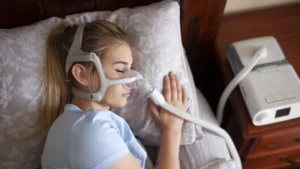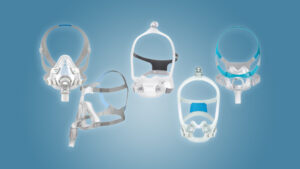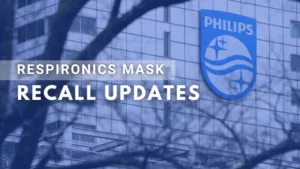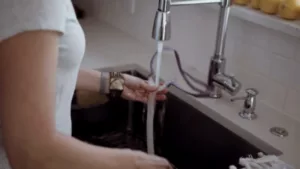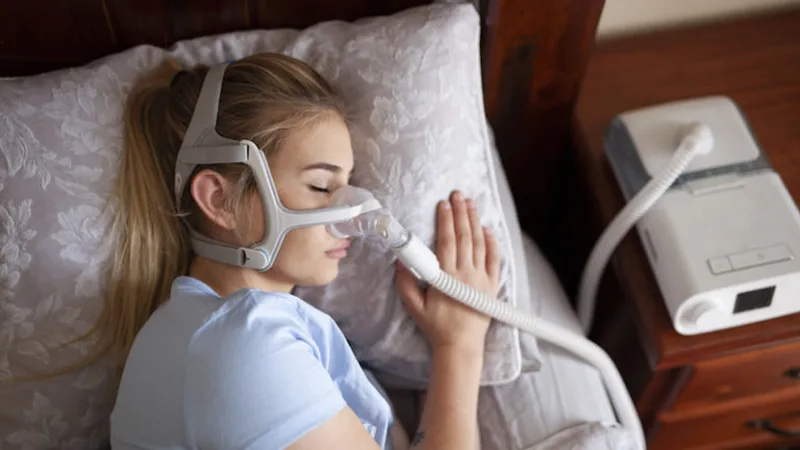(877) 799-0202
for insurance orders only
Sleep apnea is a potentially serious disorder in which breathing pauses or becomes very shallow while sleeping. These can last anywhere from seconds to minutes, keeping the body from receiving enough oxygen. As a result, patients with sleep apnea will occasionally wake up and snore, snort, gasp, or choke as they attempt to breathe. Though they will be oblivious of this when they truly wake up, someone they share a bed or a room with might notice before they do. While sleep apnea affects everyone, older people are more prone to develop this condition.
Left untreated, sleep apnea could lead to a number of complications, such as heart disease, high blood pressure, depression, diabetes, stroke, among other things. It also makes a person feel extremely tired and drowsy during the day due to poor quality of rest, increasing the risk of accidents on the road and at work or school.
Fortunately, there are several options for treating sleep apnea. Although this depends on the severity, availability and doctor’s advice, the use of breathing devices is by far the most common. And within this category, positive airway pressure (PAP) devices seem to be the most popular.
PAPs pump air at a pressure that keeps the airways open, helping a person breathe while asleep. The machine blows air into the tube attached to it, which is then connected to a mask worn over your nose or your nose and mouth.
CPAP, which stands for continuous positive airway pressure, appears to be the most common type of PAP. It maintains a constant stream of air into the airways throughout sleep. Although it works well, especially when used every bedtime, it does have side effects which includes nasal congestion, dry eyes and mouth, and skin irritation. Other than that, some people just find CPAPs uncomfortable. While these can be remedied through simple tips like sleep positions and types of masks, there are other PAP devices that can serve as an alternative to CPAP.
Bilevel positive airway pressure (BiPAP) delivers different levels of air pressure based on whether a person is inhaling or exhaling.
Adjustable positive airway pressure (APAP) automatically adjusts the air pressure based on a person’s breathing patterns.
Expiratory positive airway pressure (EPAP) is a newer alternative. Unlike the first two, it does not require a machine to function. Rather, it uses a valve worn over the nostrils, which creates air pressure by allowing inhalation and restricting exhalation. Therefore, it uses the person’s own breathing to keep the airways open.
Understanding the type of sleep apnea you have, as well as discussing your options with your healthcare provider, will help you choose which treatment is the best for you.
If you’re looking for a PAP device for your sleep apnea treatment, Home Oxygen Company has these items in stock and ready for delivery. You can visit our website https://homeoxygencompany.com/store/ or contact us at +1 (877) 799-0202 to check which PAP devices are currently available.
